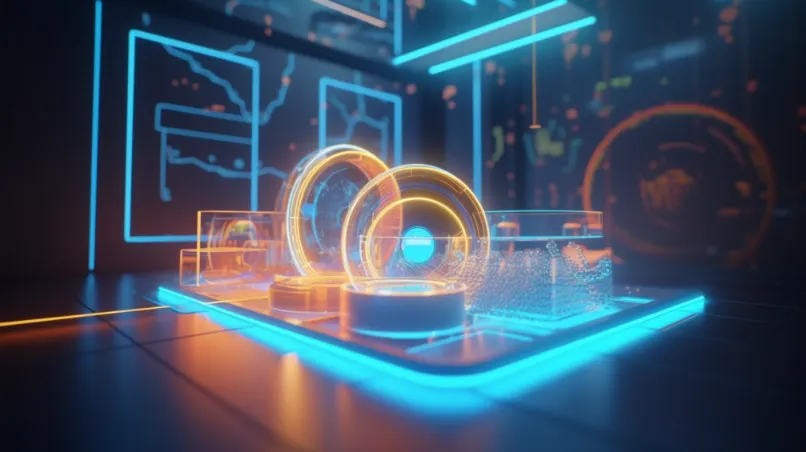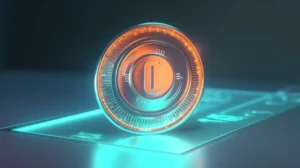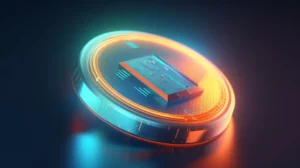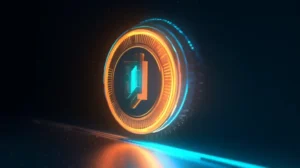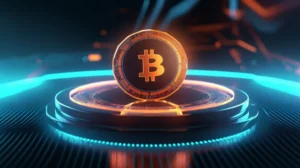Can NFT be Physical?
Non-fungible tokens (NFTs) are digital assets that use blockchain technology to certify ownership and authenticity. They are often associated with digital art, music, and other forms of online content. On the other hand, physical assets are tangible objects that can be touched, held, and displayed. In this article, we will explore the concept of physical NFTs and discuss their benefits and challenges.
What are Physical NFTs?
Physical NFTs are physical objects that have digital ownership certificates stored on a blockchain. These objects can be anything from a painting to a sculpture, a sports card, or a rare collectible. The physical object serves as a representation of the digital asset, and the NFT provides proof of ownership and authenticity.
Several artists and companies have started experimenting with physical NFTs. For instance, a French artist known as Pascal Boyart created a mural that was split into 100 pieces, each with its own NFT. Another example is the NBA’s Top Shot, which offers digital collectibles that are backed by physical items such as game-worn jerseys or basketballs.
How Physical NFTs Work
The process of creating a physical NFT involves several steps. First, the physical object is created or acquired. Then, the object is authenticated, and its ownership is transferred to the buyer using a blockchain-based NFT. The NFT can be stored in a digital wallet and traded or sold like any other digital asset.
Physical NFTs can be verified using various methods such as holographic stickers, QR codes, or NFC chips. These methods help ensure that the physical object is genuine and that the NFT is not duplicated or counterfeited.
Advantages of Physical NFTs over Digital NFTs
Physical NFTs offer several advantages over their digital counterparts. Firstly, the tangibility and collectibility of physical objects make them more appealing to some collectors. Secondly, physical NFTs provide increased security and authenticity as they are harder to duplicate or manipulate. Lastly, physical NFTs can be integrated with the traditional art market, allowing artists and collectors to tap into a broader audience.
Challenges of Physical NFTs
Physical NFTs also present some challenges. Firstly, the production of physical NFTs can be costly and complex, especially if the object is unique or customized. Secondly, the physical object can be damaged or lost, which can affect the value of the NFT. Lastly, there is a risk of fraud or counterfeiting, which can undermine the credibility of the NFT and the blockchain-based authentication system.
Conclusion
In conclusion, physical NFTs offer a new way of combining digital ownership and physical objects. They provide several benefits such as increased security and tangibility, but also present challenges such as production costs and authenticity verification. As the market for NFTs continues to evolve, physical NFTs may become more prevalent and offer new opportunities for artists and collectors alike.
This article is written in markdown format.

